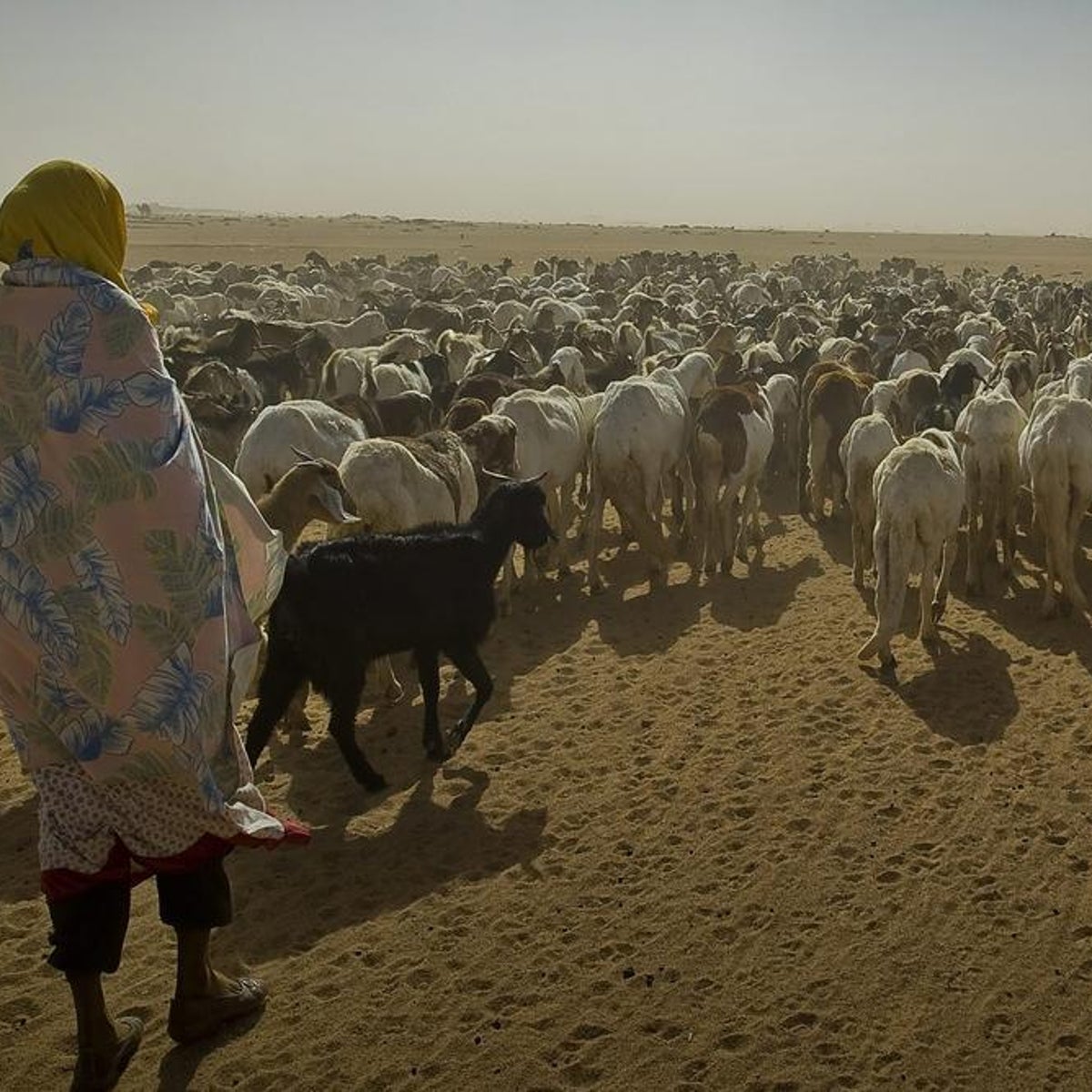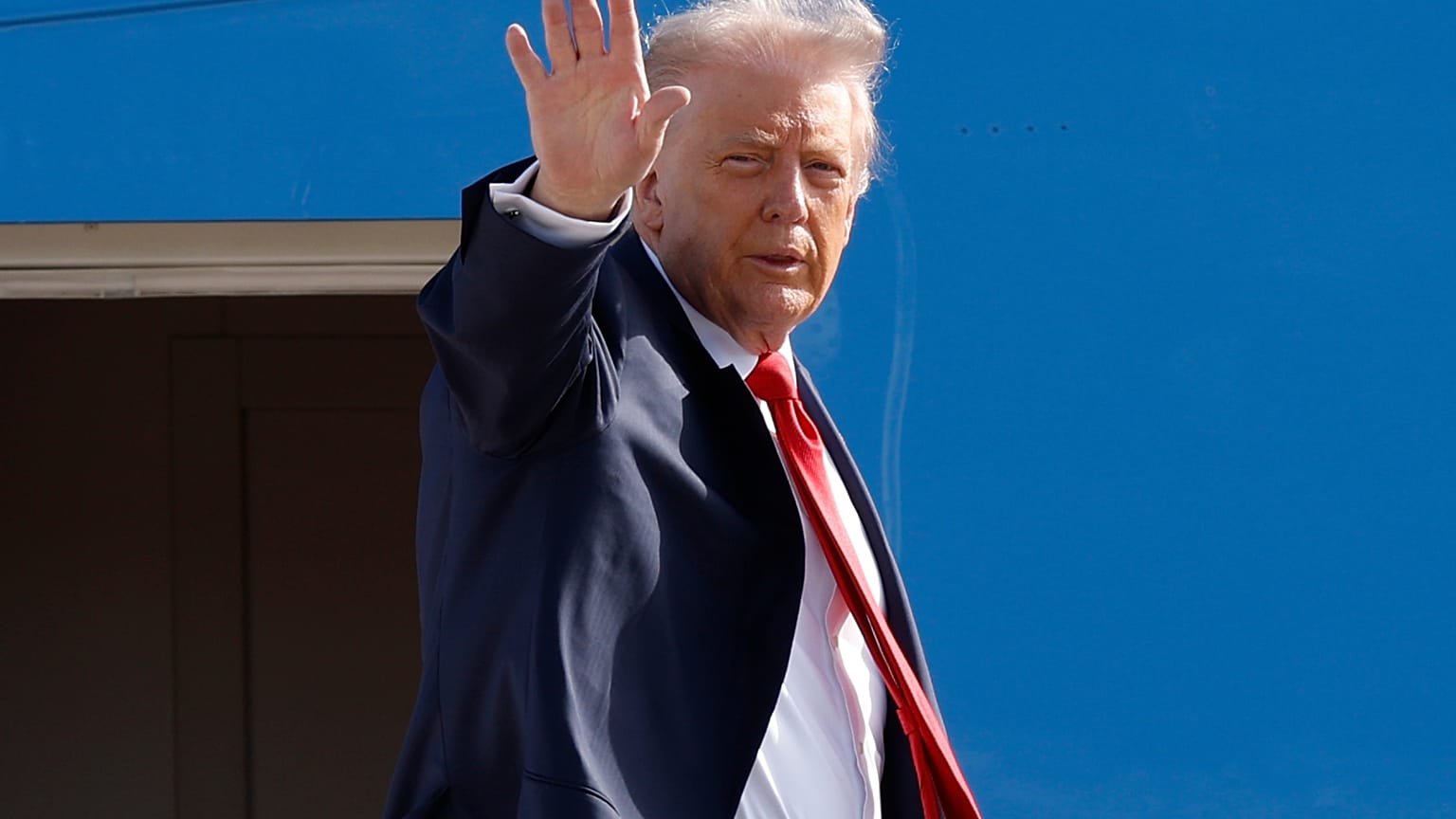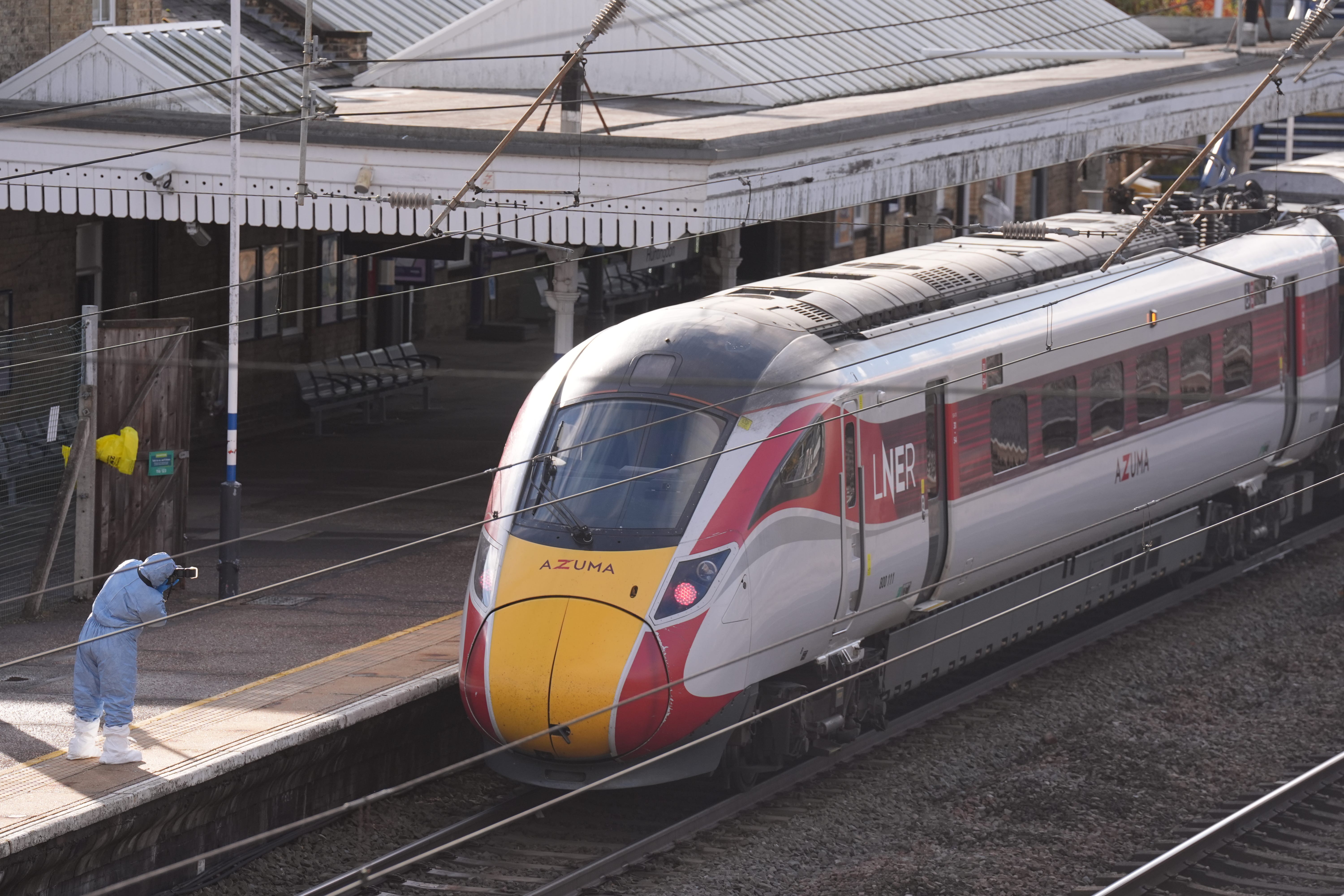The African Sahel, a transitional region between the Sahara Desert to the north and the Sudanian savanna to the south, stretches across the continent from Senegal in the west to Chad and Sudan in the east. Despite its rich history and cultural diversity, the Sahel has become synonymous with instability and recurrent conflict. Understanding the underlying reasons for this challenging environment requires a deep dive into historical, socioeconomic, environmental, and political dynamics unique to the region.
Background and Effects of Colonialism
Historical patterns of governance, beginning with pre-colonial empires like the Mali and Songhai, contributed to the region’s complex ethnic and cultural landscape. The colonial carve-up of Africa by European powers in the late nineteenth and early twentieth centuries disregarded existing social and ethnic boundaries, creating artificial borders that persist today. As a result, ethnic groups were divided across new national lines—Tuaregs, Fulani, Hausa, and others found themselves citizens of different states overnight. This arbitrary partition contributed to lasting grievances, contested identities, and a foundation of mistrust between communities and the post-independence states in the Sahel.
The colonial legacy also established centralized, often unresponsive governance structures. Many Sahelian states inherited patrimonial systems focused on urban elites, neglecting peripheral, rural regions. This unequal power distribution has fueled a sense of marginalization among rural groups, setting the stage for resistance and, at times, violent rebellion.
Socioeconomic Pressures and Underdevelopment
Levels of poverty in the Sahel region are persistently some of the highest worldwide. The United Nations Development Programme reports that nations such as Niger, Mali, and Burkina Faso are found in the bottom portions of the Human Development Index. A combination of extensive joblessness, inadequate access to good education, insufficient healthcare services, and food scarcity contributes to issues of vulnerability and societal instability.
A study in the Lake Chad Basin illustrates how an economic downturn can fuel conflict. In the past, Lake Chad was a vital resource for millions, offering fishing, farming, and commerce opportunities. However, as a result of climate change and excessive exploitation, the lake’s size has decreased by over 90% in the past six decades. With the loss of livelihoods, local populations encountered heightened rivalry for dwindling resources, which spurred community conflicts and created a conducive environment for extremist groups to recruit.
These socioeconomic tensions intersect with demographic trends: the Sahel has one of the world’s fastest-growing populations, placing further stress on already-scarce resources and state capacity. Rapid urbanization and youth bulges—the median age in Niger is under 16—mean that millions of young people face bleak prospects, heightening the risk of radicalization or participation in illicit economies.
Environmental Challenges and Climate Change
The Sahel is acutely vulnerable to climate change. The region’s environment is characterized by fragile soils and highly variable rainfall. Droughts and irregular weather patterns are becoming more common and severe. Pastoralists, such as the Fulani, whose livelihoods depend on seasonal movement of livestock, are forced to travel farther in search of water and pasture. This leads to increased tensions with sedentary farmers, as traditional grazing routes overlap with farmlands. These farmer-herder conflicts are a recurrent source of violence, often exacerbated during periods of scarcity.
Climate change amplifies the effects of underlying governance and economic challenges, turning manageable tensions into potential flashpoints. The United Nations Environment Programme has identified the Sahel as one of the “climate change hotspots,” where the intersection of environmental and social vulnerability is especially pronounced.
Weak State Institutions and Governance Deficits
States in the Sahel frequently lack the capacity to provide basic services, enforce the rule of law, or maintain a monopoly on the legitimate use of force. Remote areas are often left with little presence of central authority, allowing ungoverned spaces to proliferate. This institutional vacuum is readily filled by non-state actors, including armed militias, self-defense groups, criminal syndicates, and insurgent movements.
Governance deficits contribute to a pervasive sense of exclusion, particularly among ethnic minorities and rural populations. Disputes over land tenure, resource allocation, and political representation often go unresolved through official channels, leading aggrieved groups to take matters into their own hands. Corruption and nepotism further undermine trust in public institutions, complicating efforts at state-building and conflict resolution. Additionally, insurgent groups often position themselves as providers of order and justice in areas where state presence is minimal, complicating efforts to restore government authority.
The Spread of Armed Groups and Violent Extremism
The Sahel’s instability has enabled the rise of a constellation of armed groups, some with local grievances, others with transnational jihadist agendas. Groups such as Jama’at Nasr al-Islam wal Muslimin (JNIM), Islamic State in the Greater Sahara (ISGS), and Boko Haram operate with varying motives and levels of coordination. Many capitalize on local grievances, recruit marginalized youths, and finance their operations through trafficking in drugs, weapons, and people.
The alliance between local conflict actors and transnational terrorist networks is particularly pronounced in the tri-border area of Mali, Niger, and Burkina Faso. Here, groups exploit ethnic rivalries and government weaknesses to entrench themselves. The result is a landscape where violence can be both deeply localized—rooted in dispute over cattle or land—and interconnected with global jihadist narratives.
International military involvement, like the France-directed Operation Barkhane and the United Nations Multidimensional Integrated Stabilization Mission in Mali (MINUSMA), have shown varied outcomes. While there have been some achievements, these efforts are frequently critiqued for not tackling fundamental issues, concentrating mainly on counterterrorism and security, overlooking political, economic, and social aspects.
International Interactions and Localized Instability
Porous borders are a defining feature of the Sahel. People, goods, and armed groups move with relative ease across weakly controlled frontiers. This cross-border mobility means that instability in one country can spread rapidly: a coup in Mali, for example, can embolden insurgents in neighboring Burkina Faso or Niger.
The interconnections between national conflicts have led to spill-over effects. For instance, the 2011 collapse of the Libyan regime unleashed a flood of weapons and displaced fighters into the Sahel, escalating existing disputes and strengthening armed factions. Complex regional dynamics demand cooperative solutions, but geopolitical rivalries and differing priorities among states often hinder effective collaboration.
External Actors and International Interests
External parties also influence the conflict terrain in the Sahel. France, previously a colonial ruler, keeps substantial military forces and spearheads antiterrorism missions, driven by safety issues and the safeguarding of economic stakes. The European Union, United States, Russia, and other states have supported different stabilization, development, and security efforts. Although global backing is essential, differing viewpoints and objectives occasionally weaken local leadership and the enduring viability of peace initiatives.
Humanitarian organizations encounter significant obstacles when providing assistance in areas of conflict. Their ability to reach those in need is often hampered by safety concerns and bureaucratic barriers, which increase the danger for already vulnerable groups.
Comprehending Complexity
Conflicts in the African Sahel are shaped by an intricate blend of historical legacies, social and ethnic divides, economic despair, environmental fragility, and state fragility, all amplified by regional and international dynamics. Solutions that focus solely on security measures or technical development assistance are insufficient without attention to the layers of grievances, identities, and hopes that thread through Sahelian life. Only through recognizing and responding to the full spectrum of these factors can pathways towards stability and renewed opportunity be envisioned for the peoples of the Sahel.





